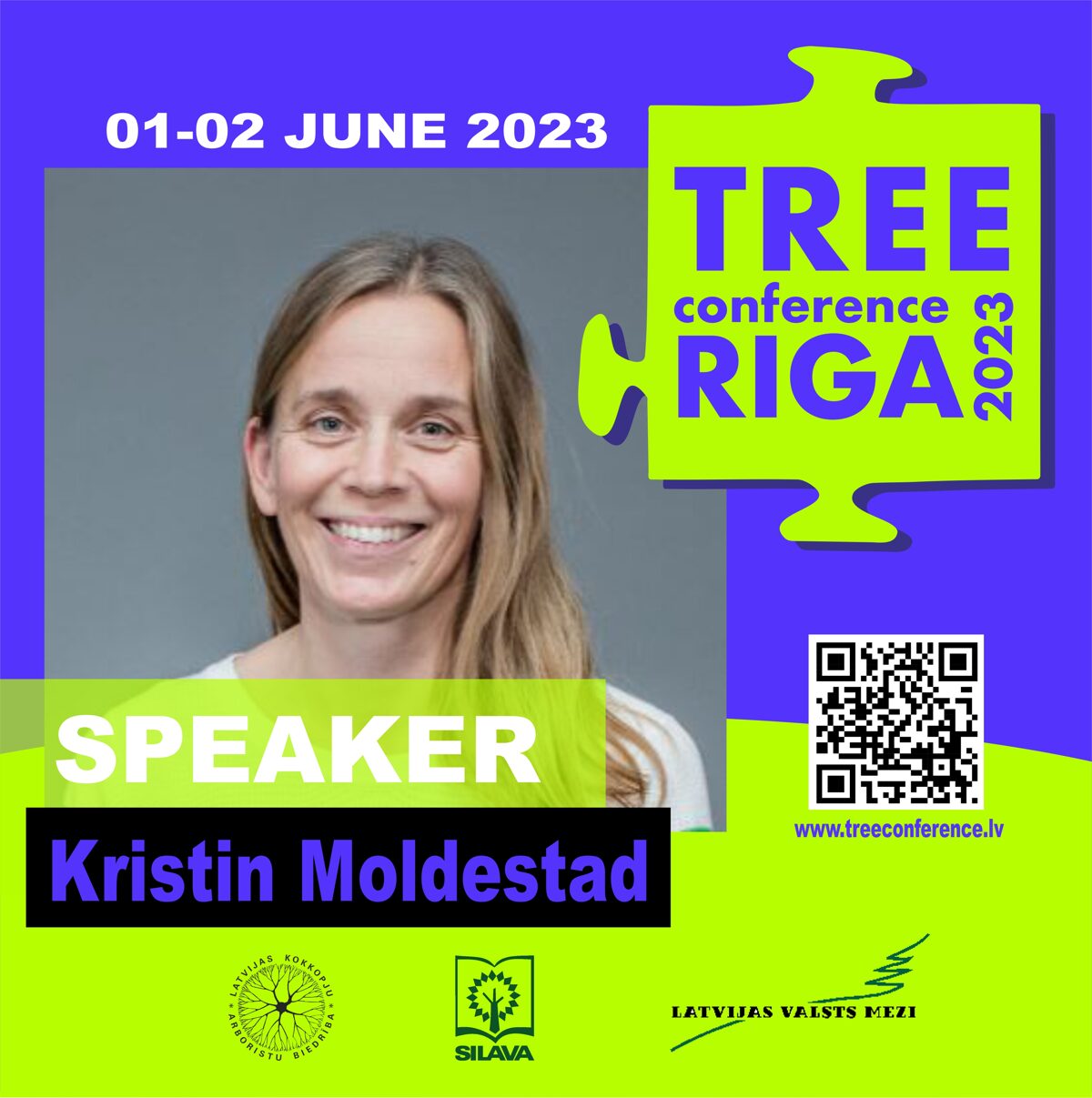
Kristin Moldestad
Title: A field guide to identification of tree roots
Abstract of presentation: Construction works and existing trees is a common and complex combination. The responsibility to oversee the protection and the wellbeing of trees involved in a construction project often falls on the arborist. When it comes to tree trunks and crowns, methods of identification and assessment are plenty and well known. This has not been the case for tree roots. The aim of our project has been to create a field guide for arborists to the identification of roots. My colleagues and I are often on construction sites to control that the correct procedures are followed on site to protect existing trees. When digging works has revealed tree roots it is not always obvious which tree the roots belong to. Roots can expand far beyond the tree crown, and they are covered in soil and dirt. This reoccurring challenge, and our arborist inclination to save trees sparked me and my colleague Olve Lundetræ to study roots we came across through our work more closely. We began to assess roots as they appeared in ditches and on building sites more systematically. Through the studies we learned that the roots are almost as different as the branches and the leaves. We found roots with beautiful colors, amazing patterns, strange bark, and structure, and some with a distinct smell. So far, we have identified roots from around forty different tree species. The roots are described with words and photographed. We hope but we hope that this information can help other arborists on site, and maybe give them the evidence they need to change the direction of a ditch or move a building some meters. The aim of this project is o present all our findings in a field guide.
Biography: Cand. agric. in horticulture in 2002, ISA certified arborist in 2006. Moldestad is a consulting arborist in COWI AS and a part time teacher at a technical college in Norway. She has been in the arboriculture industry for about 20 years. She is often out on building and infrastructure construction sites to control that the correct procedures are followed on site to protect existing trees. She often collaborates with architects and landscape architects, to find good solutions for preserving trees. Over the last two years she has dedicated herself to studying roots and she finds this very interesting.